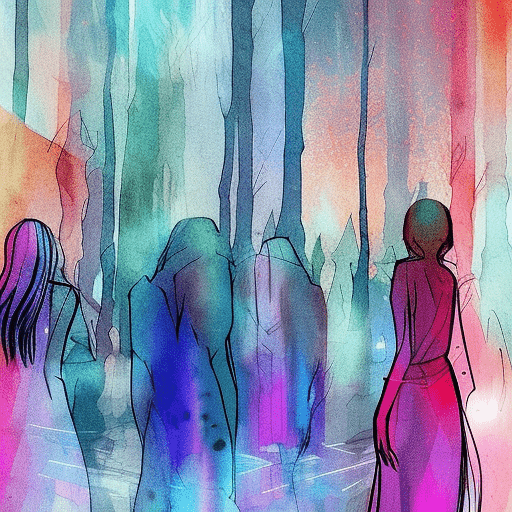One-line Summary:
Conversations with Friends is a captivating novel that explores the complexities of love, friendship, and identity through the eyes of Frances, a young aspiring writer.
Introduction:
Conversations with Friends, written by Sally Rooney, takes readers on a thought-provoking journey through the lives of Frances and her best friend Bobbi, as they navigate the intricacies of relationships, art, and self-discovery. Set in contemporary Dublin, this coming-of-age story delves into the complexities of love, friendship, and identity, offering a raw and honest portrayal of young adulthood.
Exploring Relationships:
At the heart of Conversations with Friends lies an exploration of relationships and the various forms they can take. Frances and Bobbi, once a couple, now best friends, find themselves entangled in a complicated dynamic with Melissa, an older married woman, and her husband, Nick. As Frances and Bobbi become increasingly involved in Melissa and Nick’s lives, their own relationship is put to the test. Rooney skillfully captures the nuances of these relationships, exposing the vulnerabilities, desires, and power dynamics that exist within them.
The novel also delves into the complexities of romantic relationships, as Frances embarks on an affair with Nick. Through their clandestine encounters, Rooney examines the blurred lines between love, lust, and infidelity. Frances grapples with her own emotions, torn between her desire for Nick and her loyalty to Bobbi. Rooney’s exploration of these relationships is both captivating and thought-provoking, challenging societal norms and expectations.
The Art of Writing:
As an aspiring writer, Frances uses her art as a means of self-expression and understanding. Throughout the novel, Rooney delves into the creative process, highlighting the power of words and the impact they can have on both the writer and the reader. Frances’s introspective nature and her ability to articulate her thoughts and emotions through her writing add depth to her character and provide a window into her inner world.
Rooney’s own writing style is both poetic and introspective, drawing readers into Frances’s mind and allowing them to experience her journey of self-discovery alongside her. The novel’s exploration of the art of writing serves as a reminder of the power of storytelling and the ways in which it can shape our understanding of ourselves and the world around us.
Identity and Self-Discovery:
Conversations with Friends delves into the theme of identity and the search for self-discovery. Frances, a complex and multifaceted character, grapples with her own sense of self throughout the novel. As she navigates her relationships and explores her sexuality, she is forced to confront her own insecurities and confront the question of who she truly is.
Rooney’s portrayal of Frances’s journey is both relatable and poignant, capturing the universal struggle of finding one’s place in the world. Through her exploration of identity, Rooney challenges societal expectations and norms, encouraging readers to embrace their true selves and question the constructs that society imposes upon them.
Key Takeaways:
- The complexities of relationships and the power dynamics that exist within them.
- The blurred lines between love, lust, and infidelity.
- The transformative power of art and the written word.
- The universal struggle of finding one’s identity and embracing one’s true self.
Memorable Quote:
“I’m afraid of everything, all the time. Afraid of what I said, of what I did, of who I am, but I’m not afraid of you.”
In Conversations with Friends, Sally Rooney weaves a captivating narrative that explores the intricacies of love, friendship, and identity. Through her raw and honest portrayal of Frances and her journey of self-discovery, Rooney challenges societal norms and encourages readers to embrace their true selves. This thought-provoking novel serves as a reminder of the complexities of human relationships and the transformative power of art.












